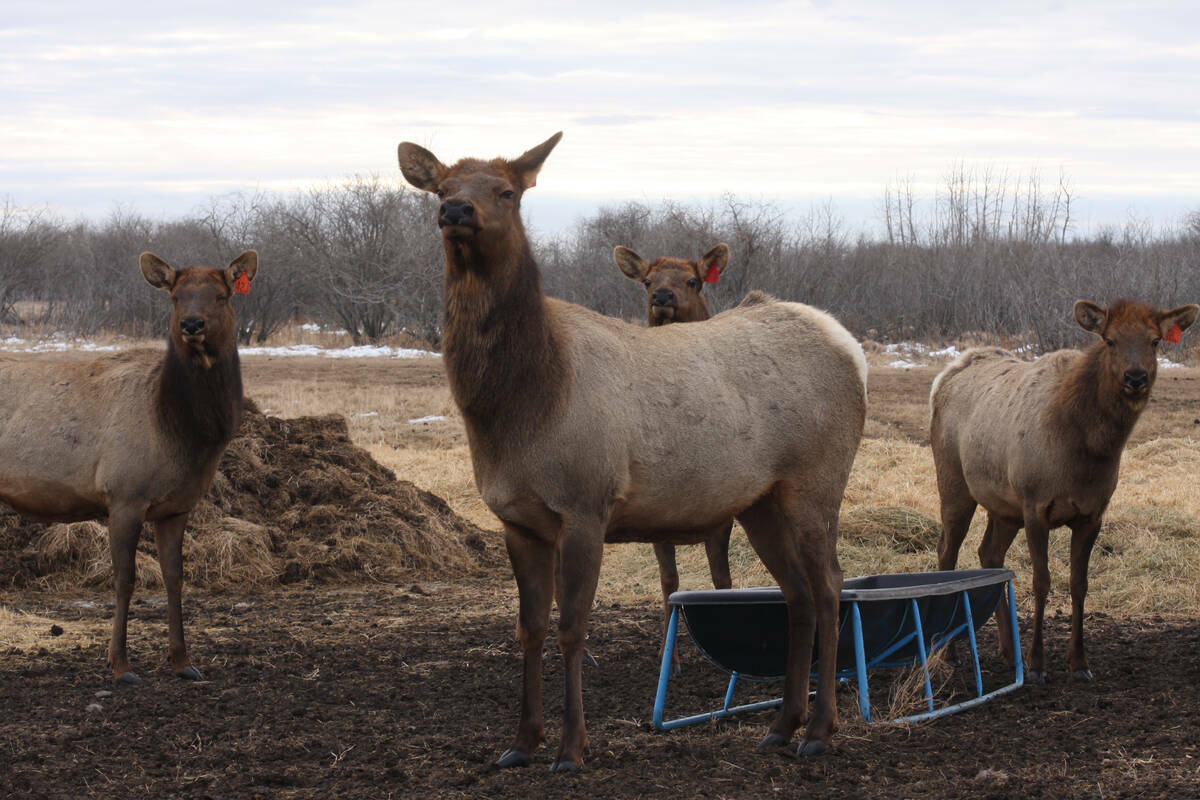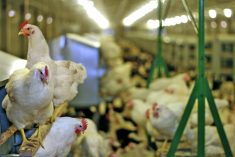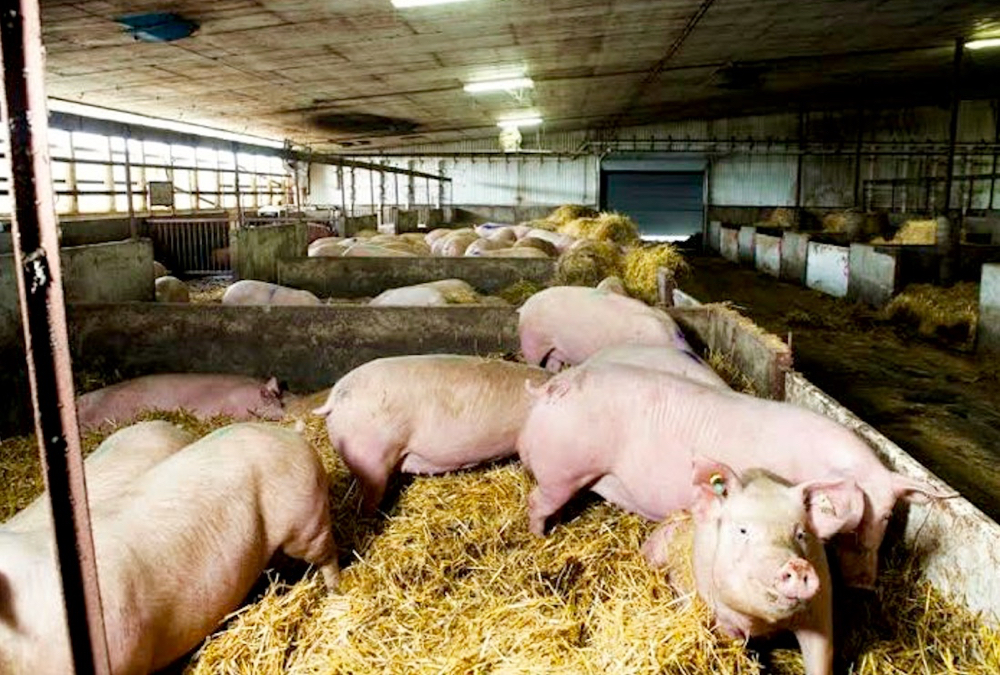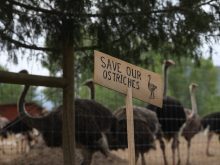Avian flu deserves more media attention. The illness affecting our poultry sector has become a real problem.
Unlike previous strains, H5N1 highly pathogenic avian influenza has spread across the country, raising fears that it could become endemic in wild birds, no less. A nightmare.
This year alone, avian flu has infected approximately 200 farms with more than 3.6 million birds across Canada. That’s a lot of inventory that never reached the consumer market.
Read Also

Cervid harvest preserves to be developed in the province under Bill 10
The Government of Alberta has given approval for creation of cervid harvest preserves.
Retail prices have been heavily impacted by the flu for months.
In the United States, for example, eggs prices are up by more than 40 per cent since last year, a record. In Canada, where supply management and the quota system typically stabilize the balance between supply and demand, the scenario is not much better. Eggs in Canada have increased by about 20 per cent in some regions, the largest annual increase in 50 years.
[RELATED] Manitoba Co-operator: Avian flu outbreak wipes out 50.54 million U.S. birds
For meat, it’s the same thing; for chicken and our holiday turkey, the price increase may startle some. Chicken is up 17 per cent on average in Canada. For turkey, the increase exceeds 20 per cent in certain regions, especially where avian flu affects many farms.
It’s a safe bet that your eggs, your chicken, and even your holiday turkey will be more expensive this holiday season. Moreover, if you plan to host a dinner with a turkey, it’s better to buy it now.
Avian flu has also reached other continents, including Europe and Asia. The current strain is highly pathogenic and can spread at an unmanageable rate. The Canadian Food Inspection Agency recently said it believes migratory birds are responsible for the spread of disease in Canada. If the flu is transmitted through wild birds, almost no poultry operation will be immune and risk management will be virtually impossible. And more city dwellers have backyard chickens now, which can only increase risks.
But unlike 20 years ago, coordination between the federal agency, provinces and the producers themselves is much better. Stakeholders learned from their past mistakes and got informed about this flu. Otherwise, the current outbreak would have been worse.
The 2004 carnage in British Columbia’s Fraser Valley is a good example.
A total of 42 commercial farms and 11 poultry houses were affected 18 years ago, prompting federal authorities to order the mass culling of around 17 million birds. It was a disaster.
This year, despite a more virulent strain, 275,700 birds have been infected with avian flu in the province so far. Not so bad, but still, that’s almost $20 million worth of chickens removed because of the flu.
[RELATED] Alberta bears brunt of avian influenza outbreak
The illness has been threatening the industry for months and the pressure for some growers has become unbearable. There is no remedy, no vaccine for birds, though researchers are now mobilizing to possibly develop a vaccine.
The risk of seeing this epizootic virus turn into a zoonosis, a human epidemic, is still real.
No human cases of avian influenza have been detected in Canada. There have been some elsewhere, but not in Canada. Let’s hope that doesn’t change. It should also be noted that avian flu poses no food safety risk to consumers.
To help, we can do our part.
In 2019, before there were border restrictions for poultry and eggs, about a quarter (24 per cent) of Canadians took a day trip by car to the United States, according to our data at the Lab.
Among this group, one in 10 (11 per cent) report bringing eggs or raw poultry to Canada. Huge. It is now illegal to bring poultry and eggs from the United States, do don’t be tempted to do this. These products represent a risk for our producers. Buy your turkey and eggs here, with peace of mind.















